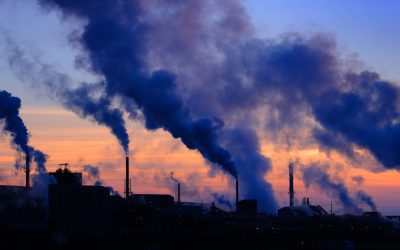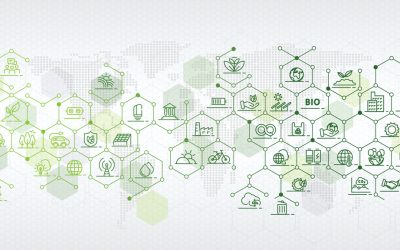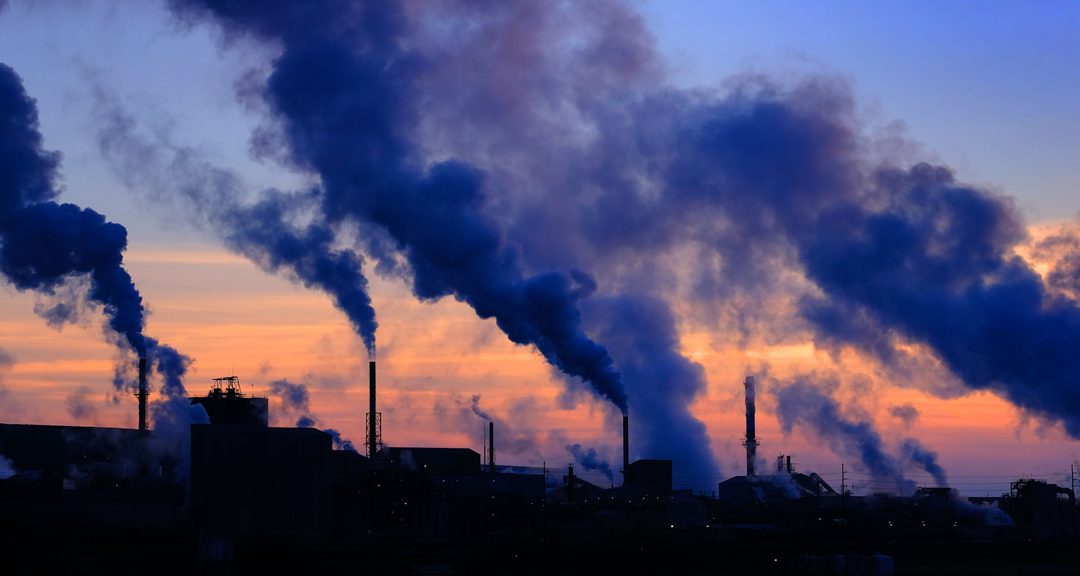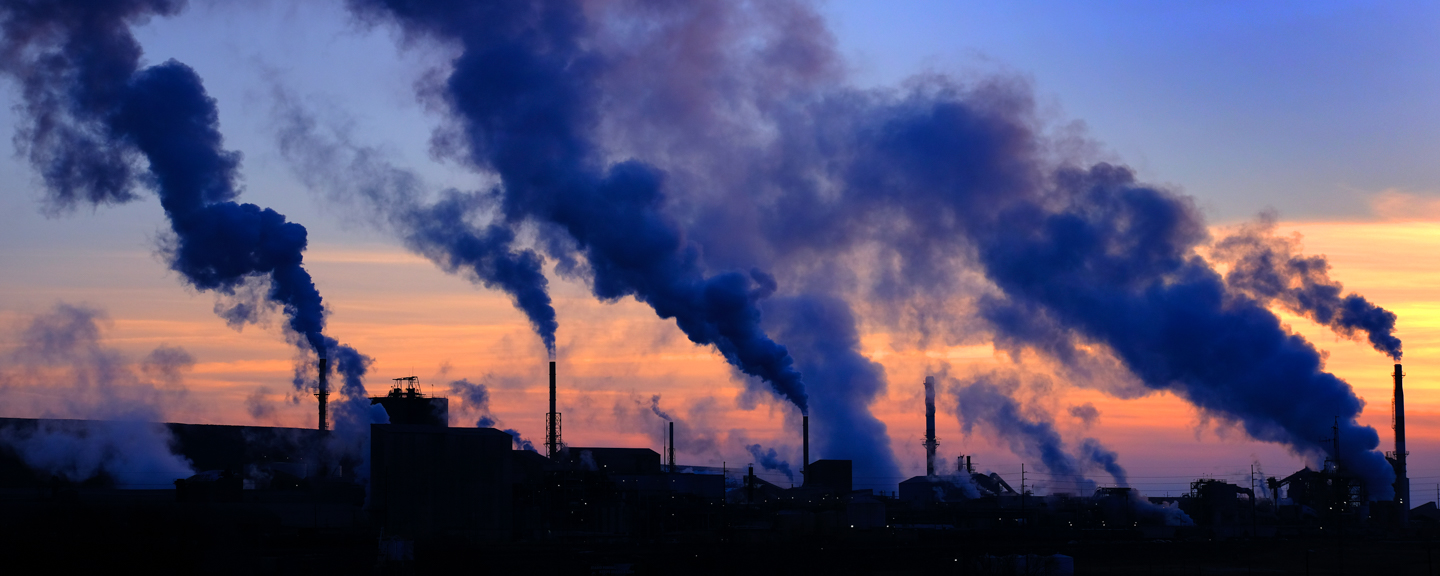The planetary boundaries framework, first introduced in 2009 by Swedish scientist Johan Rockström and his colleagues,...
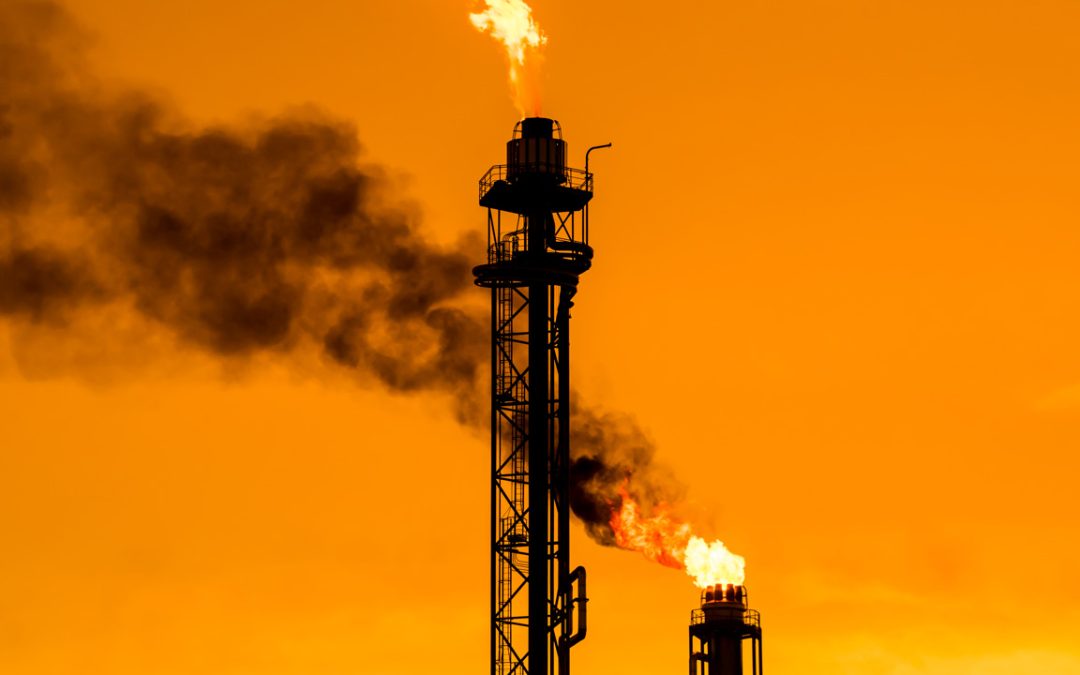
The Essential Guide to Greenhouse Gases: Understanding Our Impact on the Climate
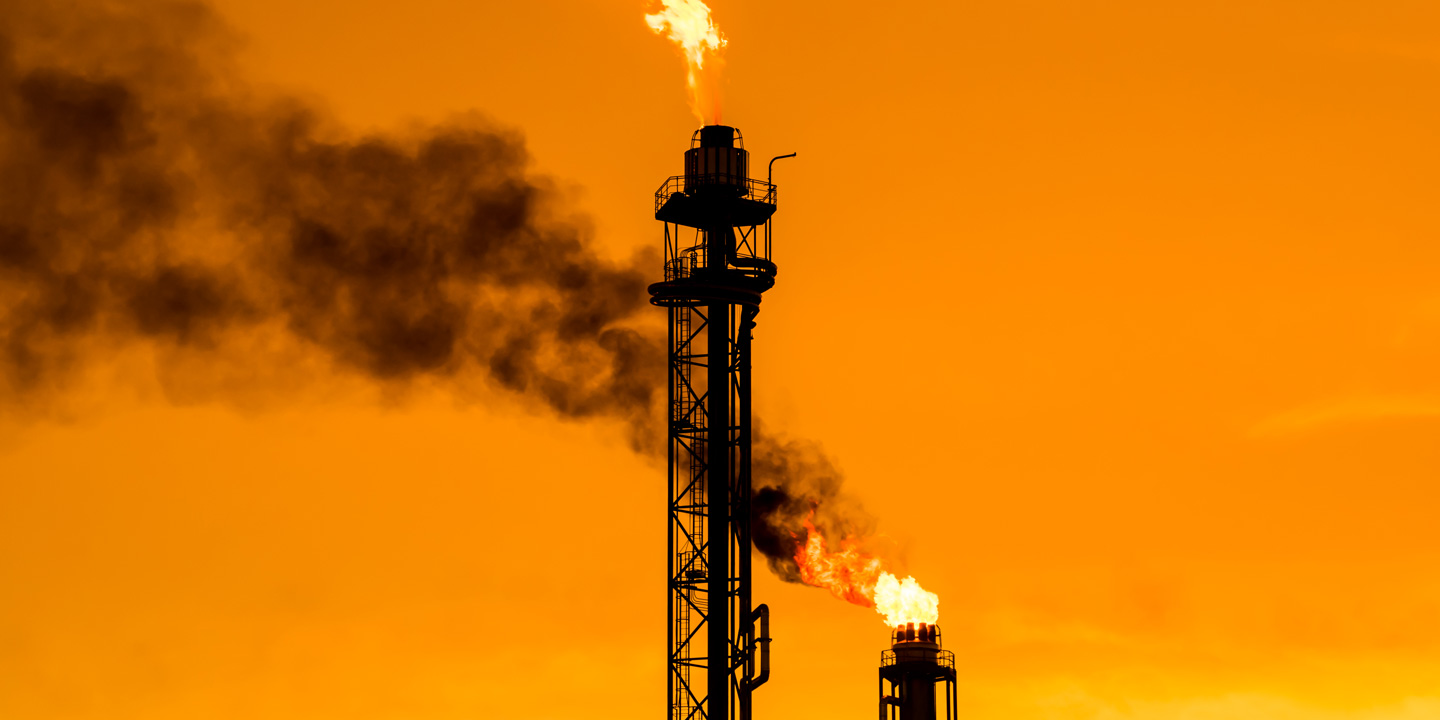
Greenhouse gases (GHGs) are a group of compounds that can trap heat in the Earth’s atmosphere, leading to the greenhouse effect. This phenomenon is critical for life as we know it, maintaining the Earth’s surface temperature at a comfortable average of about 15°C (59°F). Human activities have significantly increased the concentrations of these gases, enhancing the natural greenhouse effect and leading to global warming and climate change. What are greenhouse gases, why are they important, what are their sources, and what are the necessary actions to mitigate their impact?
What are Greenhouse Gases?
The primary greenhouse gases in Earth’s atmosphere are carbon dioxide (CO2), methane (CH4), nitrous oxide (N2O), and fluorinated gases. Each of these gases has a different ability to absorb heat from the Earth’s surface, contributing variably to the greenhouse effect. For instance, CO2, while less efficient per molecule than CH4 or N2O at trapping heat, is present in much higher concentrations and therefore plays a significant role in warming the planet.
Why are Greenhouse Gases Important?
Greenhouse gases are crucial because they regulate the Earth’s temperature. Without them, our planet would be too cold to support life as we know it. However, the rapid increase in GHG concentrations since the industrial revolution has led to an enhanced greenhouse effect, resulting in global warming and climate change. This change in climate has profound implications for natural systems and human life, including more frequent and severe weather events, rising sea levels, and changes in biodiversity.
Where Do Greenhouse Gases Come From?
Human activities are the primary source of increased greenhouse gas emissions. The most significant contributors include:
Fossil Fuel Combustion – Burning coal, oil, and natural gas for electricity, heat, and transportation is the largest source of CO2 emissions.
Agriculture – Methane is released from livestock and other agricultural practices, while nitrous oxide emissions result from fertilized soils and the burning of agricultural residues.
Industrial Processes – Certain industrial activities emit GHGs through chemical reactions not associated with energy consumption, such as the production of cement.
Waste Management – Landfills produce methane as organic waste decomposes anaerobically (without oxygen).
What Needs to Be Done?
Addressing the challenge of greenhouse gas emissions requires a multifaceted approach:
Transition to Renewable Energy – Shifting from fossil fuels to renewable energy sources, such as wind, solar, and hydroelectric power, can significantly reduce CO2 emissions.
Enhancing Energy Efficiency – Improving the energy efficiency of buildings, vehicles, and appliances can reduce energy demand and emissions.
Agricultural Reforms – Implementing more sustainable farming practices can lower methane and nitrous oxide emissions.
Carbon Sequestration – Technologies and natural processes that remove CO2 from the atmosphere, such as reforestation and carbon capture and storage (CCS), can help offset emissions.
International Cooperation – Global challenges require global solutions. International agreements like the Paris Agreement aim to unite countries in the fight against climate change by setting emission reduction targets.
Greenhouse gases play a critical role in shaping the Earth’s climate. However, human activities have led to their rapid increase, driving climate change and posing a significant threat to global ecosystems and human societies, the Anthropocene. By understanding the sources of these emissions and implementing strategies to reduce them, we can mitigate the worst impacts of climate change and secure a sustainable future for generations to come.
References
Intergovernmental Panel on Climate Change (IPCC), 2023. AR6 Synthesis Report: Climate Change 2023. Available at: https://www.ipcc.ch/report/ar6/syr/ (Accessed: 8 April 2024).
Intergovernmental Panel on Climate Change (IPCC), 2022a. Climate Change 2022: Impacts, Adaptation and Vulnerability. Contribution of Working Group II to the Sixth Assessment Report of the Intergovernmental Panel on Climate Change. Available at: https://www.ipcc.ch/report/ar6/wg2/ (Accessed: 8 April 2024).
Intergovernmental Panel on Climate Change (IPCC), 2022b. Climate Change 2022: Mitigation of Climate Change. Contribution of Working Group III to the Sixth Assessment Report of the Intergovernmental Panel on Climate Change. Available at: https://www.ipcc.ch/report/ar6/wg3/ (Accessed: 8 April 2024).
What are the 9 Planetary Boundaries and why do they matter?
Scope 3 vs. Scope 4 Emissions in Business Sustainability: Understanding the difference
In the realm of business sustainability, understanding and mitigating greenhouse gas emissions have become paramount....
Scope 4 emissions: Addressing Upstream and Downstream emissions
In recent years, the conversation surrounding sustainability in business has expanded beyond just internal operations...
Understanding Emissions Scopes: What are scope 1, 2 and 3 emissions?
Understanding and effectively managing greenhouse gas emissions is essential in Business Sustainability. Emissions are...
Understanding Net Zero
In recent years, the concept of achieving "net zero" has gained significant traction in the realm of sustainability,...
Embarking on a Business Sustainability Journey: Key Steps to Get Started
In today's increasingly environmentally-conscious world, businesses are recognising the importance of integrating...
What is Business Sustainability? Building a Sustainable Future
Building a Sustainable Future: The Key Elements of Business Sustainability In today's world, the concept of...

